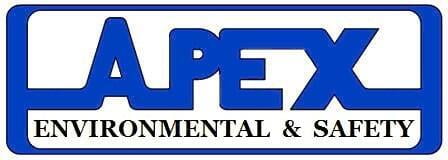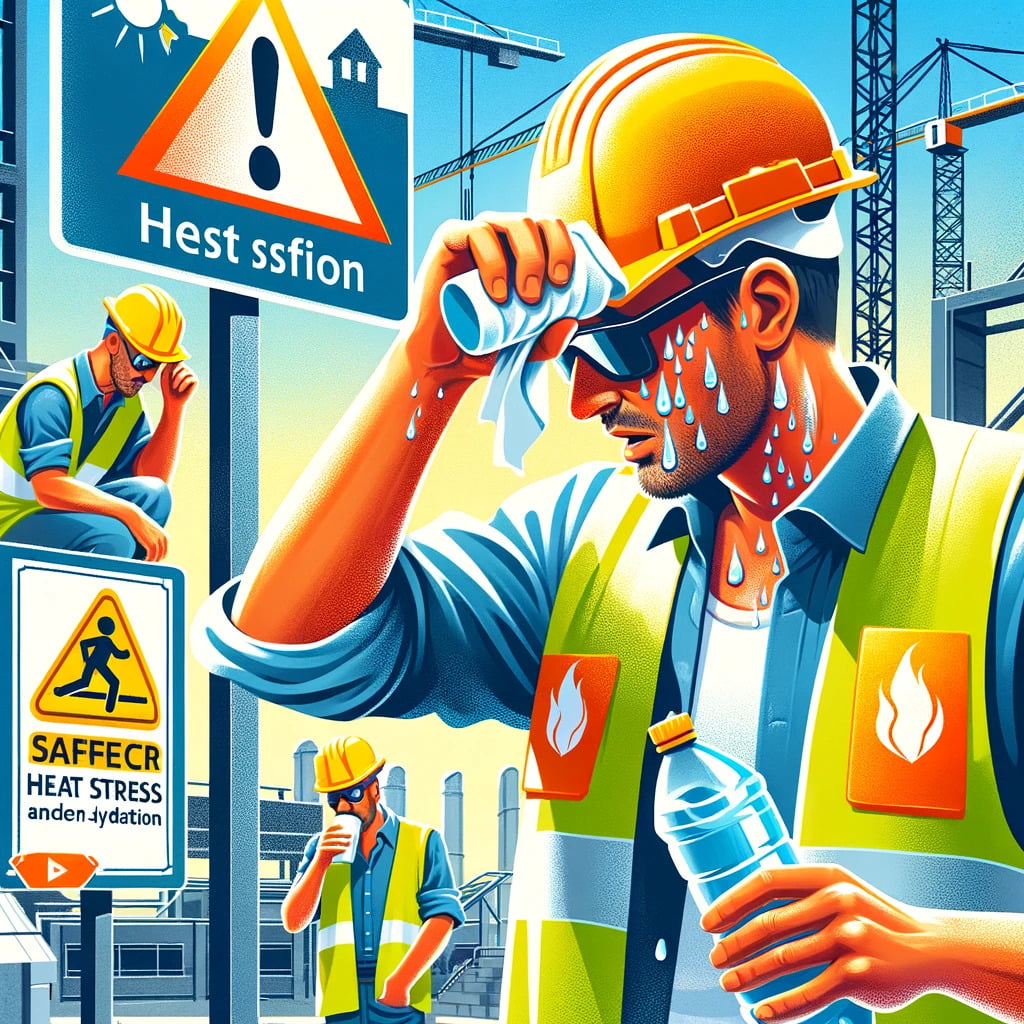Heat stress is a serious occupational hazard that can result in heat-related illnesses such as heat exhaustion, heat stroke, and dehydration. In hot and humid environments, it's crucial to implement measures to prevent heat stress and ensure the health and safety of workers.
Firstly, conduct a heat stress risk assessment to identify high-risk areas and factors that contribute to heat stress, such as high temperatures, humidity levels, and physical exertion. Monitor weather conditions and heat indices to anticipate potential heat stress hazards.
Secondly, implement engineering controls to reduce heat exposure, such as providing shade structures, ventilation, and cooling fans in work areas. Use reflective materials and insulation to minimize heat absorption and maintain comfortable working conditions.
Thirdly, establish administrative controls such as implementing work-rest schedules, providing access to cool drinking water, and rotating tasks to minimize prolonged exposure to heat. Train workers on recognizing the signs and symptoms of heat-related illnesses and encourage them to take breaks and hydrate frequently.
Lastly, provide personal protective equipment (PPE) such as lightweight, breathable clothing, and hats to help workers stay cool and protected from the sun's harmful rays. Monitor workers' health and adjust work practices as needed to prevent heat-related injuries and illnesses.
By prioritizing heat stress prevention and implementing effective controls, we can create a safer and healthier work environment for all employees.
**Water Usage Efficiency Paragraph:**
Water usage efficiency is crucial for conserving freshwater resources and minimizing environmental impact. As organizations, it's essential to implement measures to reduce water consumption, optimize water use, and promote water conservation practices.
Firstly, conduct a water audit to identify areas of high water usage and opportunities for improvement. Monitor water usage patterns, identify leaks and inefficiencies, and implement measures to reduce water waste.
Secondly, implement water-saving technologies and practices such as installing low-flow fixtures, water-efficient appliances, and smart irrigation systems. Implement water reuse and recycling initiatives to maximize the use of available water resources.
Thirdly, raise awareness among employees about the importance of water conservation and provide education and training on water-saving practices. Encourage employees to report leaks and water waste and implement incentives for water conservation efforts.
Lastly, collaborate with local water authorities, community organizations, and other stakeholders to support water conservation initiatives and promote sustainable water management practices. By working together, we can achieve significant water savings and contribute to a more sustainable future.
By prioritizing water usage efficiency and implementing water conservation measures, organizations can reduce their environmental footprint, lower operating costs, and contribute to the preservation of freshwater resources for future generations.

